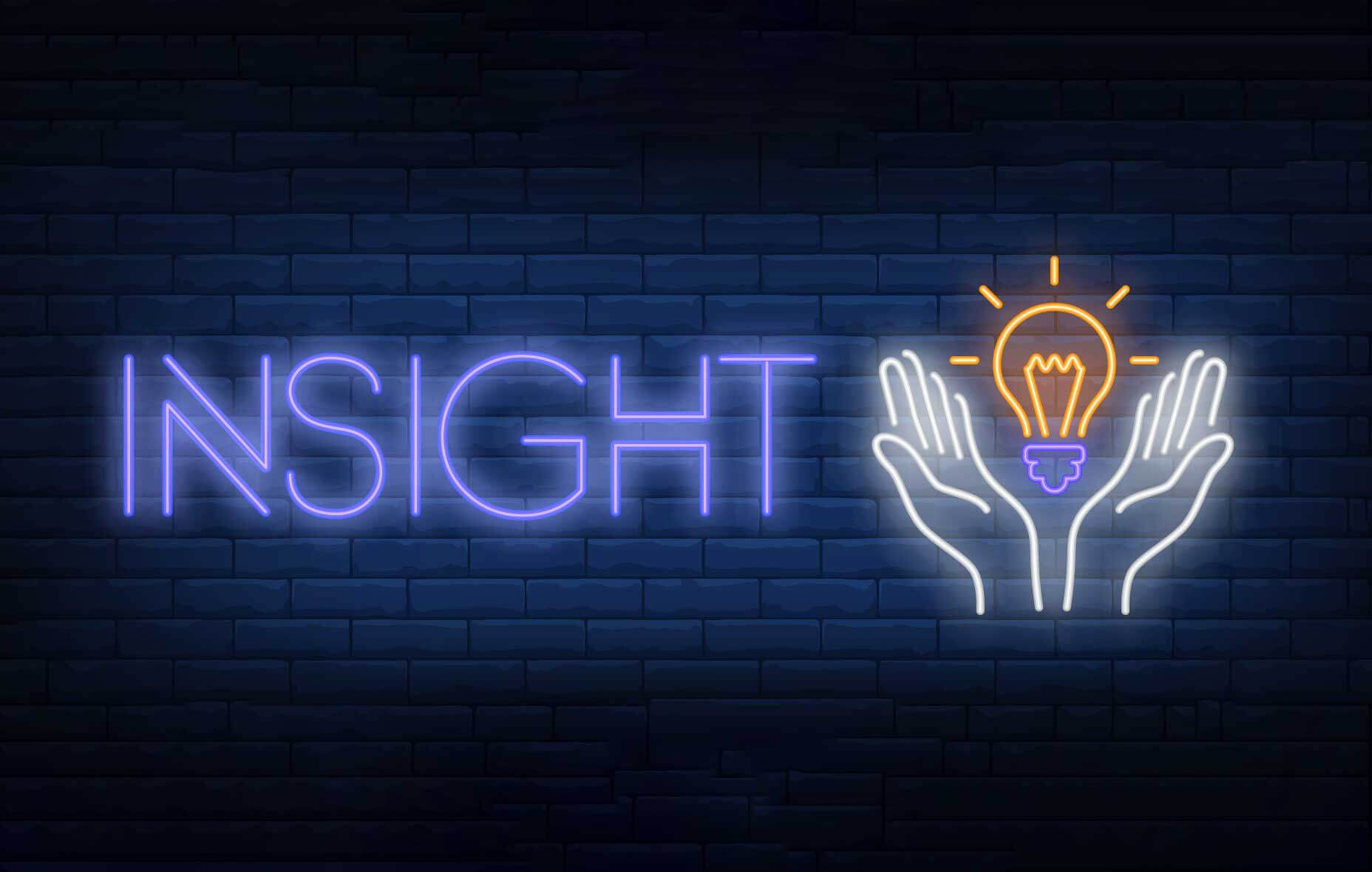Rely on insight if you want the best solutions

Organizational challenges in the 21st century require more than pure fact in order to get to successful strategies. We no longer live in a world where analysis alone provides the best solutions.
But the bias still exists to solve problems with analysis. Why?
What I’ve seen over the years, is that leaders who make decisions in this very analytical way often believe they are doing so from a position of higher intelligence.
After all, we must be logical, process and analyze the data sequentially, and then make decisions based on facts.
Bias to solve problems with analysis
Don’t get me wrong, some problems should be solved using analysis. Mathematical problems such as multiplying 877 x 45 (answer 39,465, by the way), or calculating what your percentage increases in customer satisfaction measures are in order to keep offering the product or service tied to that performance indicator.
However, most of the challenges leaders face in organizations today are not simply solved using analysis. And leaders who use step-by-step processes to get to a solution for problems, risk making bad decisions.
Instead of relying on analysis, rely on insight in your decision-making process
Insight is a solution that recombines knowledge that you have stored in your brain in an entirely new way.
For many, it is that feeling you have when you ”suddenly” have a brilliant idea. When you absolutely know you have the right answer. What the research on the brain shows, is that making decisions using insight leads us to better solutions.
Though insight is often thought of as a ”gut feeling,” it is actually a process that can be tracked and studied – and not random intuition about what is the right thing to do and what is not.
Insight involves processing and understanding the data and drawing on previous experience, future expectations, conversations stored in memory about similar problems, etc. All this rich information, that if you are given the chance to get at, come together in the brain – leading to the proverbial ”aha moment.”
How insight happens
Research shows that the brain needs rest in order to come to insightful answers to problems. In this resting stage, the brain filters out visual input in order to eliminate distractions to a solution.
This is why many people close their eyes when trying to remember something or when trying to solve a problem. We are reducing visual distractions so the brain can focus on finding the answer.
Positivity affects insight
What the research also shows is that people in a positive mood are better able to solve problems using insight because a positive mood alters the preparatory activity in the brain.
This enhances our detection of competing alternatives to a problem, enhances our ability to switch between various strategies, and helps us to select the answer that will best solve the challenge at hand.
In today’s world, we have to make smarter decisions that rely on a depth of information – not just on pure analysis.
For the many leaders out there who are in analysis paralysis, I say: ”Go home and rest. The answers are in you. Give them a chance to come out!” And even, better yet, ”Go home and have some fun (then rest).”
Positivity is proven to broaden attention and expand the scope of possibilities, leading to finding more creative and better solutions.